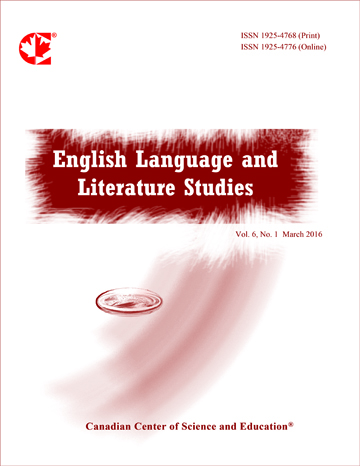Students, Teachers, and the Aftermath of the Horrors: Reflections on Teaching Martel’s Beatrice and Virgil
- Janis E. Haswell
Abstract
Despite the controversies surrounding Yann Martel’s Beatrice and Virgil, I argue that Holocaust fiction in general, and this novel in particular, can be a fertile catalyst for dialogue in ways that historical treatments and survivor testimonies cannot be. My analysis of the novel comes from assigning it in an interdisciplinary, team-taught course on 20th century genocide. Martel’s risky venture challenges many fundamental tenets: 1) that the Holocaust is unique to the point that it cannot be compared to any other event, 2) that truth is found primarily (or exclusively) in survivor testimonies and not in fiction, and 3) that language is an untrustworthy key to unlocking the Event. Using major elements of the novel—the flip book, the comparison of history with taxidermy, and the conversations between the two Henrys and two animals—I examine how Martel both represents the agony of “the Horrors” and engages his readers in an ongoing dialogue. What I offer, therefore, is a literary analysis as well as pedagogical reflections based on questions and interpretations raised by students and from conversations with my teaching team. Beatrice and Virgil is written by and written for those who “come after,” and has an important function in the ever-evolving fields of Holocaust studies and Holocaust education.
- Full Text:
 PDF
PDF
- DOI:10.5539/ells.v3n3p28
